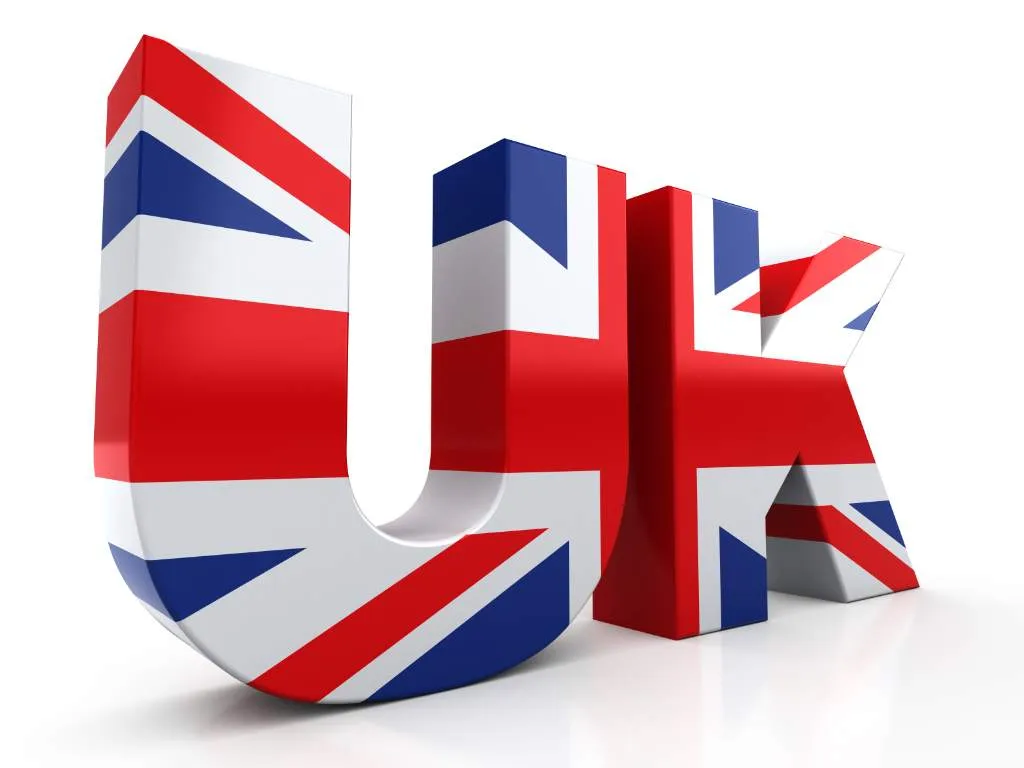

On 6 July 2023 the UK Government published an amendment, the Cosmetic Products (Restriction of Chemical Substances) Regulations 2023, to the retained EU legislation, Regulation (EC) No 1223/2009 (the Cosmetics Regulation). The amendment is applicable in England, Scotland, and Wales and regards permitted levels of Methyl-N-methylanthranilate (M-N-MA), Bis-(Diethylaminohydroxybenzoyl Benzoyl) Piperazine (HAA299), and HAA299 (nano).
The following restrictions regarding the fragrance ingredient M-N-MA are added to Annex 3 which is a list of substances which cosmetic products must not contain except subject to the restrictions laid down. The regulation comes into force on 6 July 2024 however a cosmetic product that is placed on the market prior to 6 July 2024 can continue to be made available on the market until 6 July 2026.
For leave-on products the maximum threshold for M-N-MA is 0.1 % and for rinse-off products it is 0.2 %
M-N-MA is not to be used in leave-on sunscreen products and products marketed for exposure to natural or artificial UV light
M-N-MA should not be used with nitrosating agents
Maximum nitrosamine content is 50 µg/kg
Keep in nitrite-free containers
HAA299 and HAA299 (nano) are added to the list of UV filters allowed in cosmetic products (Annex 6). This regulation comes into force on 28 July 2023.
The maximum threshold for both substances is 10 %
In case of combined use of HAA299 and HAA299 (nano), the sum shall not exceed 10 %.
For HAA299 (nano) only nanomaterials with a purity ≥ 97 % and a median particle size D50 (50 % of the number below this diameter): ≥ 50 nm of number size distribution are allowed.
HAA299 (nano) is not to be used in applications that may lead to exposure of the end user’s lungs by inhalation.
